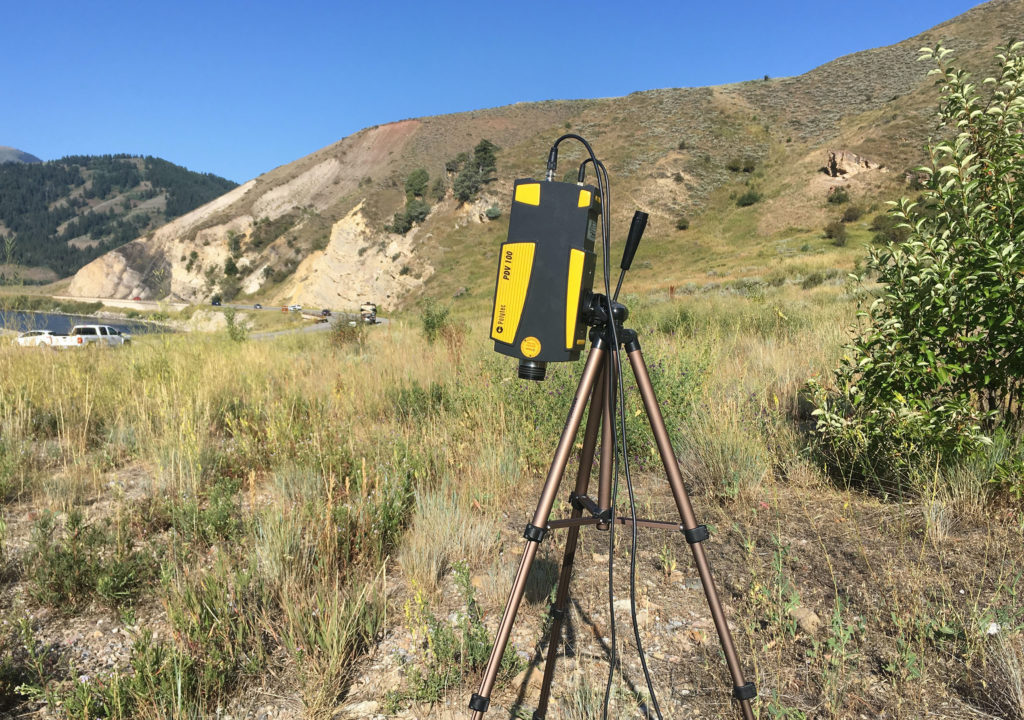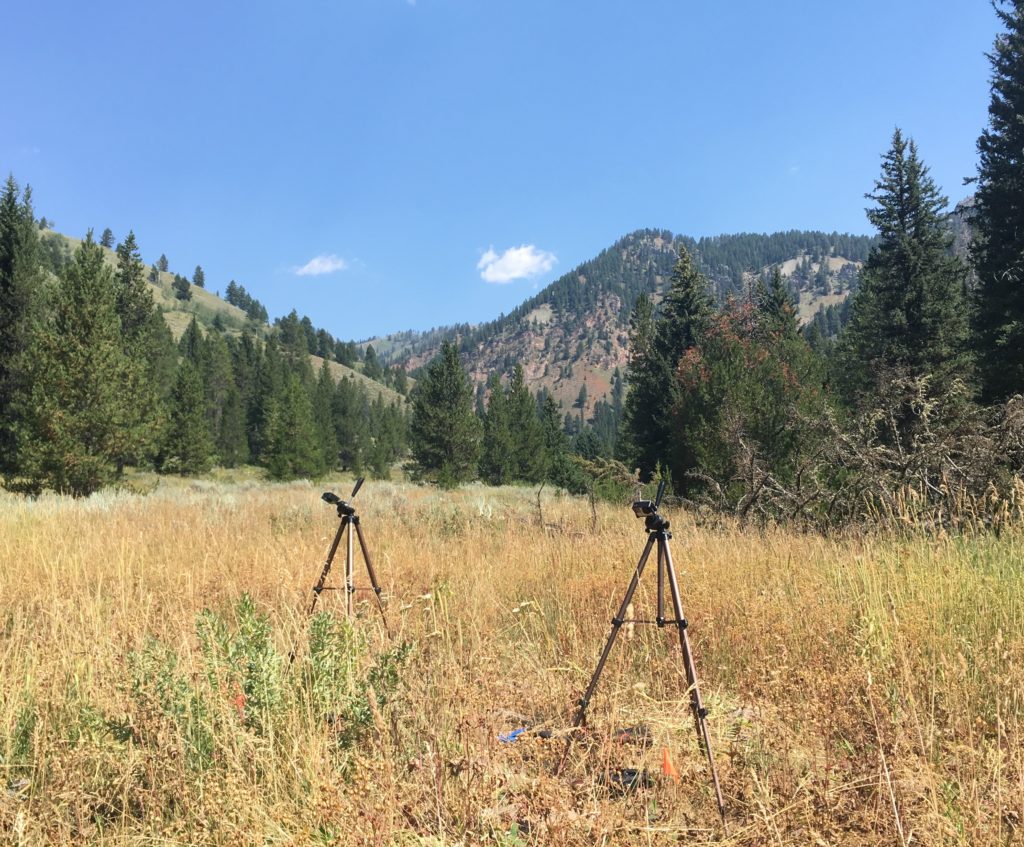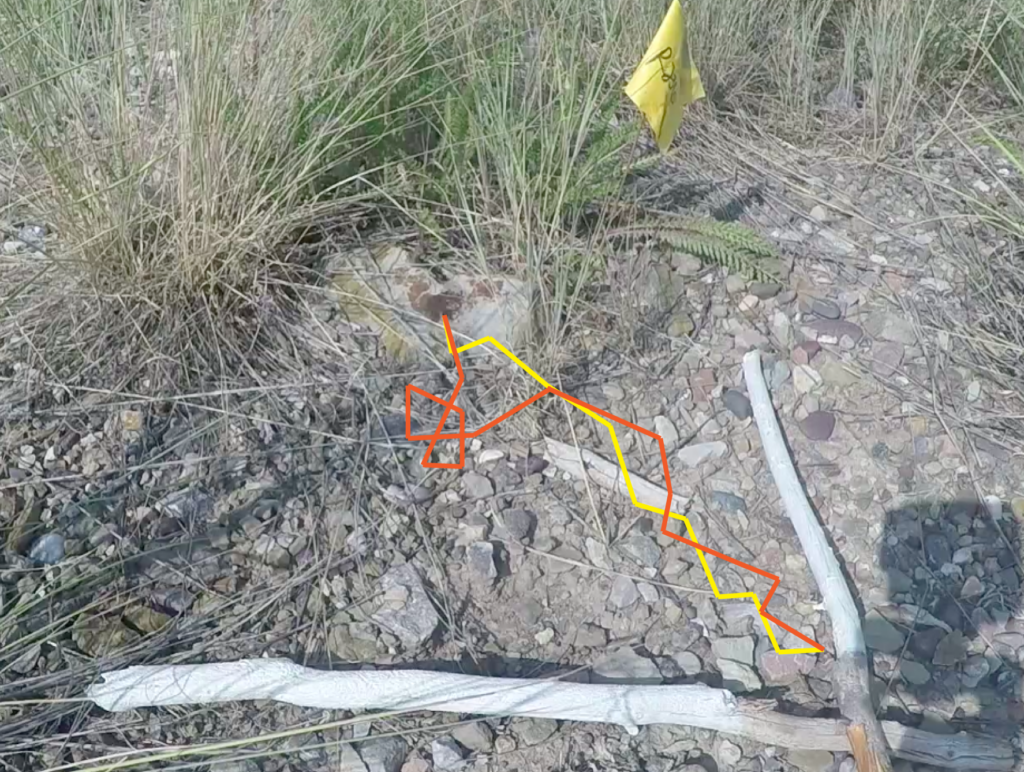Due to increased human activity, noise on most US public lands is now double that of background noise. Noise, for many animals, is distracting and moves their attention away from essential tasks. We investigated how distracting noise impacts a critical aspect of mason spider mound-building: Navigation.
In recent decades, researchers have found that many animals become distracted by noise from human activities. Distraction occurs when an individual’s attention attends to an unimportant stimulus, like noise, rather than an important stimulus, like an approaching predator. Distracted animals have been shown to be more vulnerable prey and to have trouble accurately assessing resources, which can dramatically impact their survival and fitness. For animals that spend many hours caring for young, distraction by anthropogenic noise can be costly. Depending on the type of parental care, distracted parents could leave offspring vulnerable to predators, parasites, or abiotic factors. Mason spiders provide parental care to their offspring by building mounds on top of their egg sacs. To build mounds, they make hundreds to thousands of trips to collect pebbles and dried leaves and stack them on top of their egg sacs. Mounds are critical for offspring survival and distraction during their construction could leave spiderlings at risk of mortality. We observed that mason spiders that build mounds near roadways with heavy traffic are often distracted during building, briefly ceasing to build or being unable to locate their mounds when vehicles pass. We conducted an experiment to assess how noise impacts mason spider mound-building, navigation, and survival of offspring.
Mason spiders, like most terrestrial invertebrates, rely on substrate-borne vibrations for gathering information about their environment. We recorded substrate-borne noise created by passing vehicles at our field sites using a laser Doppler vibrometer. We also filmed mason spiders with GoPros as they built mounds.



We recorded substrate-borne noise and filmed mound-building behavior at loud and quiet sites. We analyzed videos to collect information about the amount of time mason spiders spent collecting items, constructing mounds, and doing other activities. In addition, we noted each time spiders became lost while returning to their mounds. We then compared behavioral data between loud and quiet sites. This research is ongoing and we hope to share the results of this study soon!
Funding
The University of Wyoming – National Park Service Small Grants Program

Acknowledgements
Thank you to thank Blakeney Spong, Blair Loughrie, Sarah Knight, Daniel Stelling, Hayes McCord, and Rip Lambert for providing housing and support during the field seasons in which this work was conducted and the Elias lab members for their many helpful comments and contributions to this project.
All photographs and videos by Maggie Raboin unless specified.